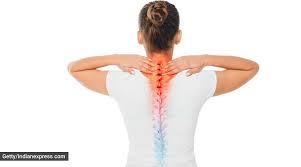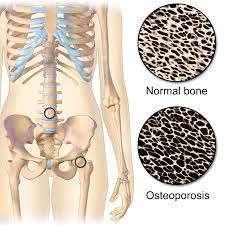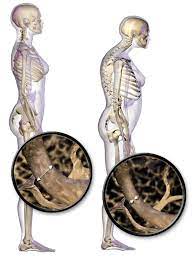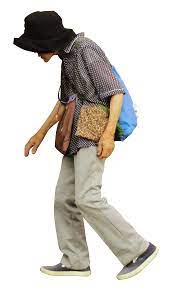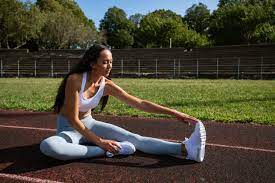World Osteoporosis Day: Women and Osteoporosis
3 minuteRead

By- Samyati Mohanty
Bones weakened and brittle due to osteoporosis are so easily affected by even slight stresses like coughing or bending over. The most prevalent fractures caused by osteoporosis are those in the hip, wrist, and spine.
Bone is a living tissue that constantly degrades and is replaced. Osteoporosis occurs when there is not enough bone being made to replace the bone that is being lost.
How does osteoporosis affect daily life? Particularly older women who have experienced menopause, are at the highest risk. A healthy diet, weight-bearing activity, and medication can strengthen already weak bones or stop bone loss. Read this article to know can you reverse osteoporosis effects on bone density and other related doubts.
Symptoms
Early on in the process of bone loss, there are often no symptoms. However, after osteoporosis has compromised your bones, you may experience the following signs and symptoms:
- vertebral fracture or collapse resulting in back pain
- height decline with time
- a hunched position
- a bone that fractures far more quickly than is typical
Unalterable dangers
- Your sex is one of the osteoporosis risk factors that you have no control over. Osteoporosis is far more common in women than in men.
- Age. Your risk of osteoporosis increases as you age.
- Race: Your ancestry can affect your chances of osteoporosis too.
- Family background: You are more vulnerable if one of your parents or a sibling has osteoporosis, especially if they have shattered a hip.
- Size of one's body frame: Because they may have less bone mass to draw upon as they age, men and women with petite body frames are more likely to experience this condition.
Complications
The most significant side effects of osteoporosis are bone fractures, especially those in the spine or hip. Fall-related hip fractures can lead to disability and possibly an elevated risk of death within the first year following the injury.
Even if you haven't fallen, vertebral fractures can sometimes happen. Your spine's vertebrae can become so weak that they collapse, which can cause back pain, height loss, and a hunched-forward posture.
Prevention
For the duration of your life, maintaining strong bones requires a nutritious diet and regular exercise.
Calcium
Men and women between the ages of 18 and 50 both require 1,000 mg of calcium each day. This daily dose increases to 1,200 milligrammes for females and males respectively when they reach the ages of 50 and 70.
Calcium-rich foods include:
- dairy with lower fat content
- dark-green, leafy vegetables
- Cans of bone-in salmon or sardines
- A soy-based product is tofu.
- orange juice and calcium-fortified cereal
If you have difficulties getting enough calcium from your diet, think about taking calcium supplements. However, an overabundance of calcium has been linked to kidney stones.
Although the exact cause of this is yet unknown, some experts contend that excessive calcium, particularly from supplements, can raise the risk of heart disease.
Vitamin D
Vitamin D improves the body's ability to absorb calcium and improves bone health in other ways. People can get some of their vitamin D from sunlight, but this might not be a good source if you live in a high latitude, if you're housebound, or if you regularly use sunscreen or avoid the sun because of the risk of skin cancer.
Dietary sources of vitamin D include cod liver oil, trout and salmon. Many types of milk and cereal have been fortified with vitamin D.
Exercise
Exercise can prevent bone loss and strengthen your bones. No matter when you start, exercise is healthy for your bones, but you'll benefit most if you start regularly when you're young and continue as you get older.
Combine exercises that require weight-bearing, balance, and strength. Strength exercise is good for your bones, arms, and upper spine. Weight-bearing exercises, such as walking, jogging, sprinting, stair climbing, skipping rope, and impact-producing sports, largely influence the bones in your legs, hips, and lower spine. Tai chi and other balance exercises help reduce your risk of falling, particularly as you get older.
Disclaimer: This is not a medical blog. Please reach out to your doctor and take their advice if you feel you have any of the aforesaid mentioned symptoms.
Write, Record and Answer! Consume Unlimited Content! All you need to do is sign in and its absolutely free!
Continue with one click!!By signing up, you agree to our Terms and Conditions and Privacy Policy.




